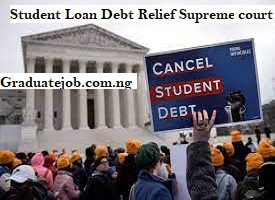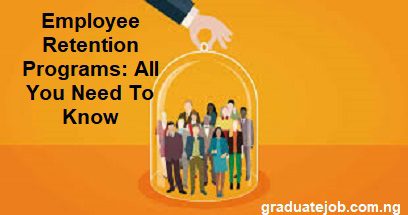When President Biden revealed his intention to cancel up to $10,000 in student loan debt (or $20,000 for those who obtained a Pell Grant), many voters favored the idea. Nonetheless, there has been continuous discussion regarding the economic effects of broad forgiveness and who would gain from it.
Whether you define benefit as a dollar amount or a percentage of loans forgiven depends on who stands to gain the most. Due to higher debt levels, some borrowers will be eligible for more significant loan forgiveness.
This is why the Supreme Court took up the case to determine if the plan could be implemented. Read along to gain insight into the Student Loan Debt Relief Supreme Court.
READ MORE: IDP IELTS registration: How do I Register
Who implemented the student loan forgiveness plan?
President Biden’s pledge to forgive $10,000 of student loan debt for low—to middle-income borrowers is fulfilled by a three-part strategy. According to President Biden, a post-high school education should be a ticket to a middle-class lifestyle. However, for many people, the expense of student loan debt prevents them from having that opportunity.
He made a campaign promise to reduce student loan debt. Following that commitment, the Biden Administration is now giving families breathing room as they get ready to start repaying loans following the economic crisis brought on by the pandemic.
Who is eligible for student loan forgiveness?
- Federal student loan borrowers who earn less than $125,000 yearly
- Couples filing jointly and household heads earning up to $250,000 are qualified for up to $10,000 of debt forgiveness.
- Pell Grant recipients are eligible for an extra $10,000 of relief.
How many students will benefit from the Student Loan Debt Relief Supreme Court?
The White House fact sheet estimates that 20 million borrowers will have their whole sums forgiven, making an estimated 43 million borrowers eligible for debt relief.
Also, according to the Biden administration, 90% of the help will be distributed to those with annual incomes under $75,000. Most Economists and researchers agree that the wealthiest households will gain little from debt forgiveness, even though they cannot definitively predict which income group will.
Student Loan Debt Relief Supreme Court: What is the effect of the Supreme Court?
The Biden administration has not disclosed a backup strategy for mass student debt cancellation if the Supreme Court stops this action. The administration has also improved income-driven repayment and made it simpler for public sector employees to qualify for forgiveness as other measures to assist debtors and address what it sees as a flawed system.
The payment suspension was also prolonged to allow for the ongoing court battle over debt forgiveness, although its outcome is not predetermined. Whether or not the loan is forgiven, payments will start up again.
READ MORE: Latest Federal Government Jobs in Nigeria – 2023
The decision of the Supreme Court on restarting repayment
In 2024, millions of borrowers will have to make payments. The student loan repayment moratorium has been extended numerous times, but this is likely the final one because the national public health emergency was declared on May 11, 2023. Student loan payments started 60 days after the Supreme Court’s ruling on June 30, 2023.
The HEROES Act clearly states that exemptions or modifications to student loan terms are permitted if required to ensure people “are not placed in a worse financial position” due to the national emergency. The Department of Justice said that starting payments again after a significant break is in and of itself a reason for loan forgiveness.
The most concerning outcome is that borrowers must prepare for their payments to resume to avoid default. This can result in wage reductions and borrowers losing eligibility for additional financial aid. It is difficult to determine the validity and implications of the proposed student loan forgiveness scheme. So, we shouldn’t anticipate the Court ruling before June, unfortunately.
Whatever the choice, there is an urgent need for college funding and affordability reform. Helping current borrowers through balance reductions and repayment programs is one approach to making amends for past wrongdoings. The focus must be creating a viable federal and state higher education funding system that enhances students’ economic well-being.






